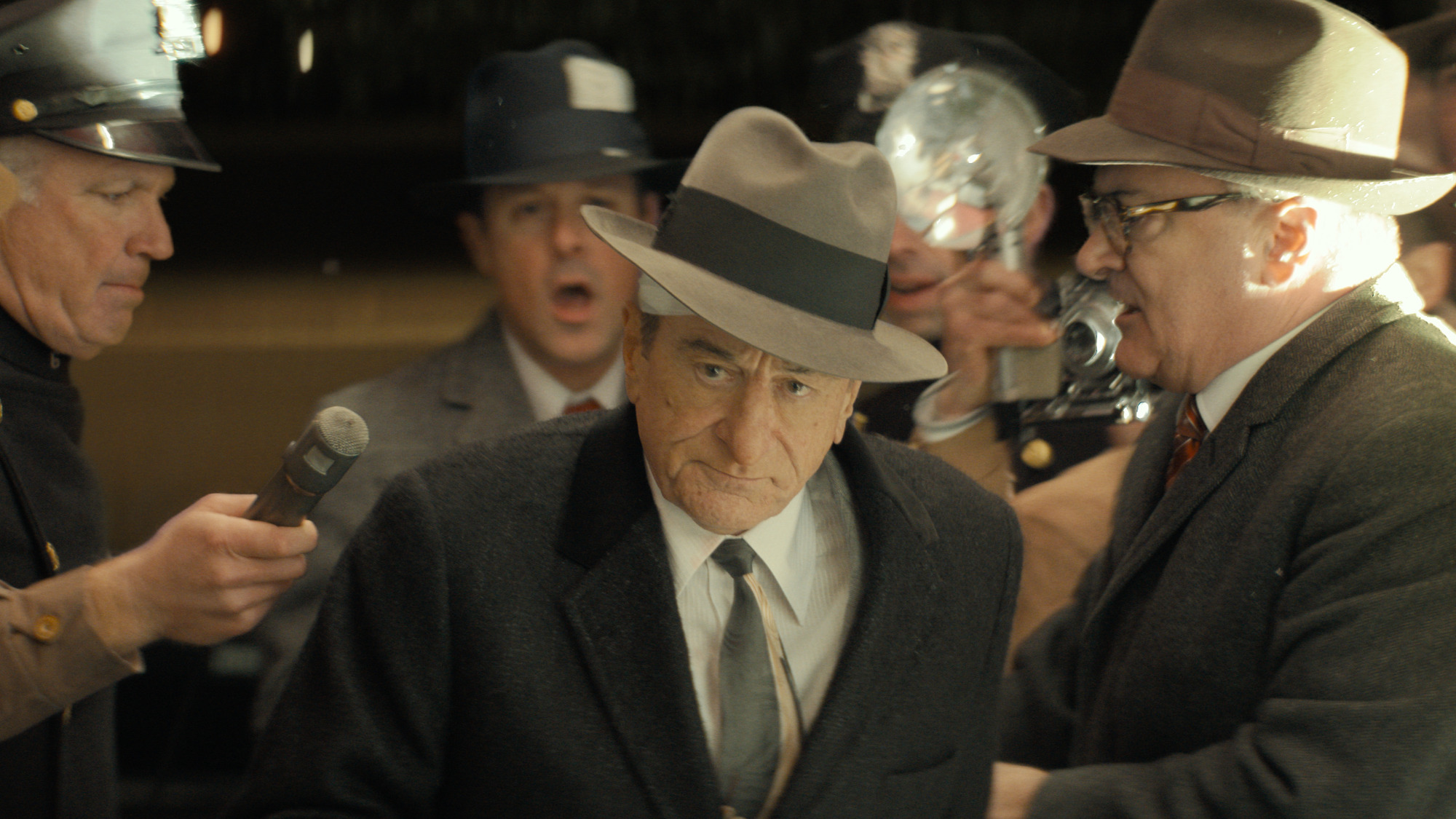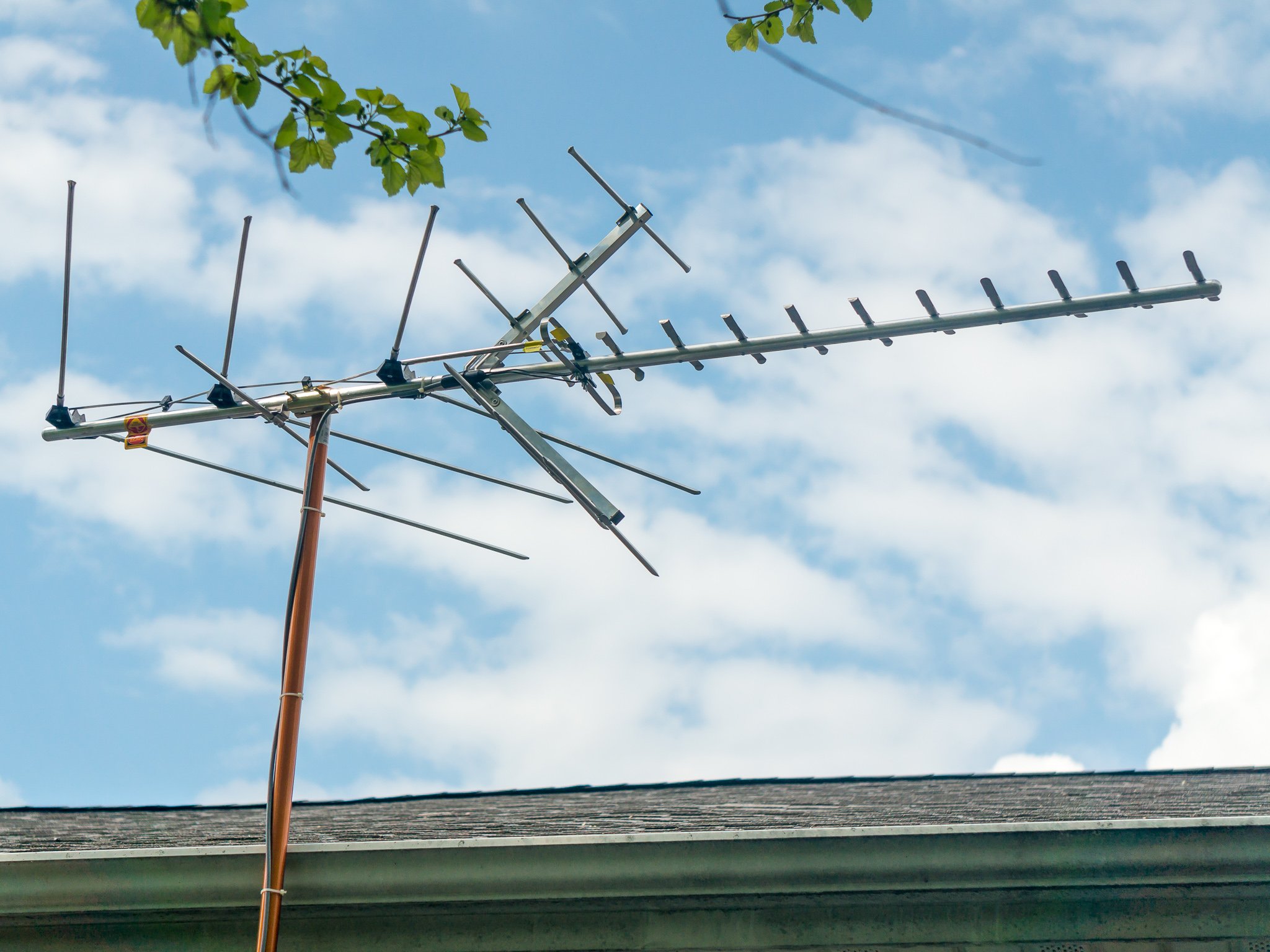
A lot of us can get a handful or more of clear over-the-air broadcast stations with a good indoor- or attic-mounted antenna. If you're not one of those people, you know that buying the right outdoor antenna can be a bit of a challenge. Any product that's going to live for years outdoors and exposed to the weather needs to be well-constructed. And the beefier the design and build of something like an antenna, the more difficult it can be to mount — and more importantly — adjust for final placement. And none of this even considers the price, which can range from questionably low to outrageously high.
The Channel Master CM-2018 might be the solution to most of these concerns. It's a bit large and unweidly because an antenna that can deliver the results we need has to be, but its not overly large nor complicated to set up and install. The price is more than reasonable (currently $50 at Amazon ). And most important — it works as advertised, pulling in clear broadcast television in a difficult situation.
Old-school profile
Design and installation
The CM-2018 arrived in its own packaging, which is a long and skinny retail box. This caused a bit of concern right away as some less-than-gentle handling somewhere along the line had several of the foldable elements slightly bent. The box certainly could use a bit more material inside to pad the antenna itself, but this is more of a reflection on the shipper and carrier than the antenna itself. Thankfully, a bit of "unbending" using just my hands was all that was required to get things back where they belonged.
Everything except a mounting pole and antenna wire is in the box and assembly is easy and straightforward.
Inside the box you'll find a small bag with an instruction booklet, hardware to mount the antenna to a mast or pole, and a 300-ohm to 75-ohm converter. The antenna itself is in two pieces. One half slides into the other, held together with a sturdy bolt. Once the two are joined you simply open the antenna elements one by one until they snap into place. The directions do a fair job explaining the process here, though you probably wouldn't need them once you determined how the two halves are joined.
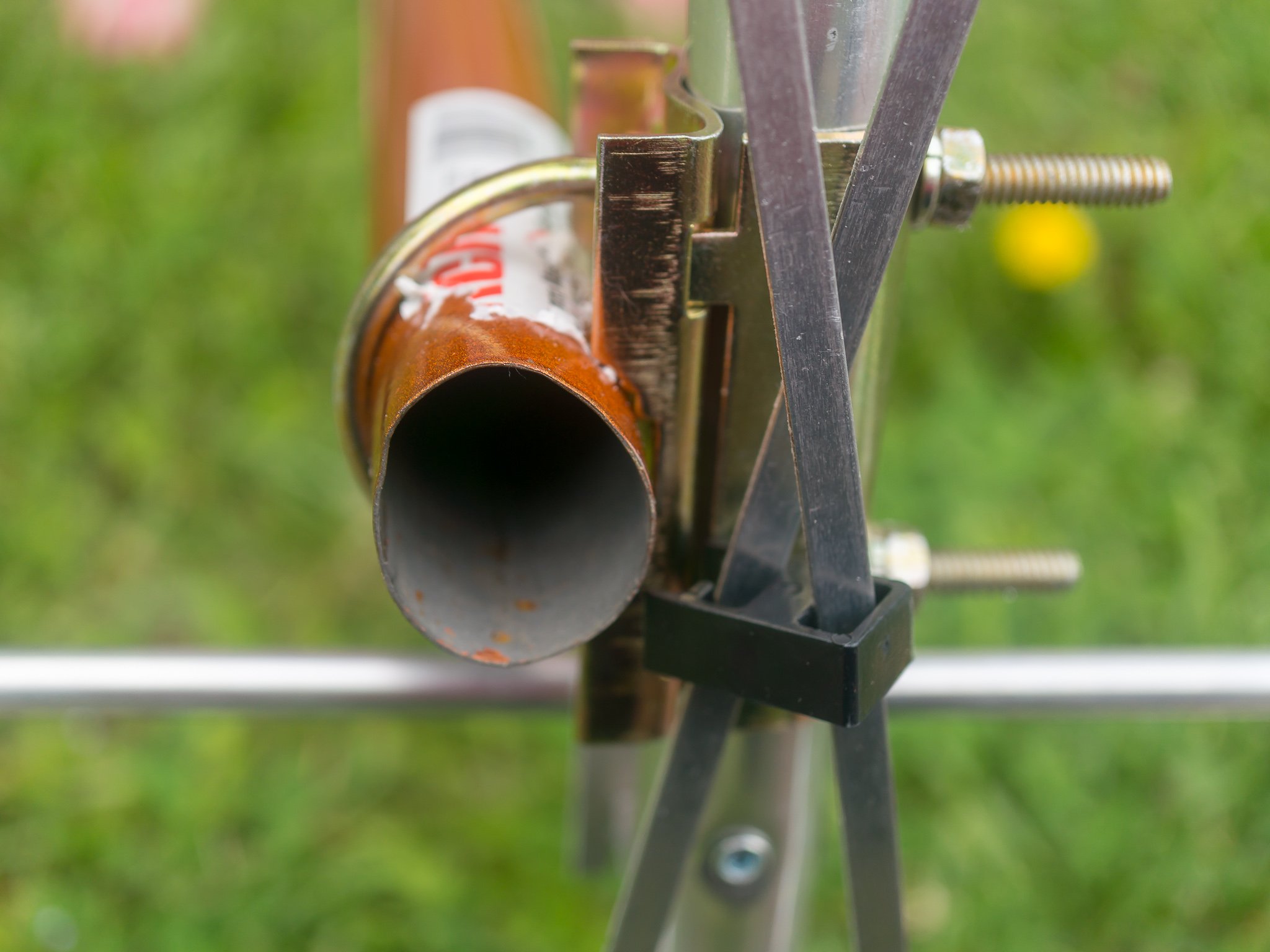
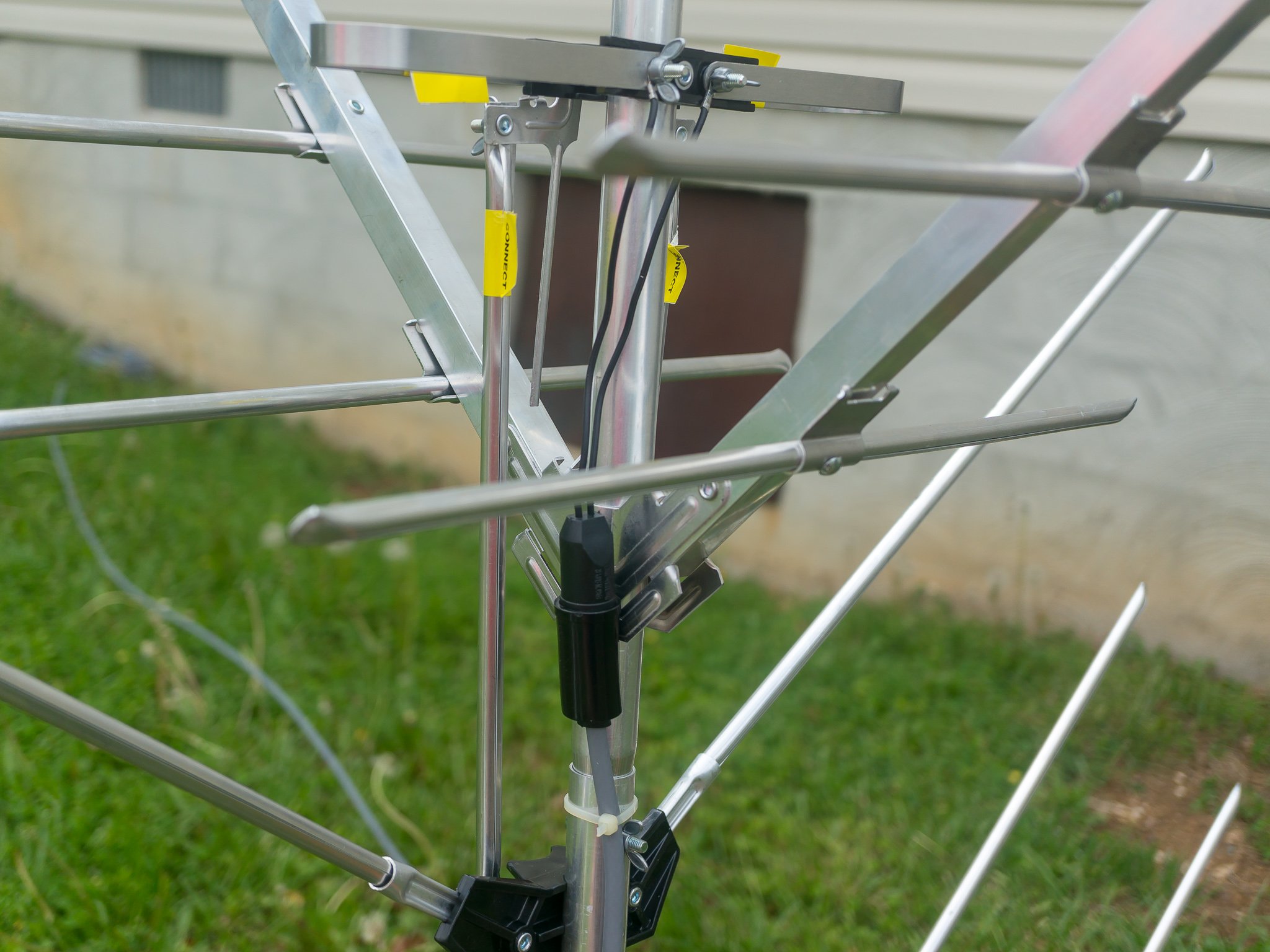
The most challenging part of the process was figuring out how coaxial balun — that's fancy electrical speak for "connector" — attaches to the antenna. The instructions cover several different models, and even with small pictures it's difficult to tell which description applies to which antenna and you'll need a bit of brain power to figure it out.
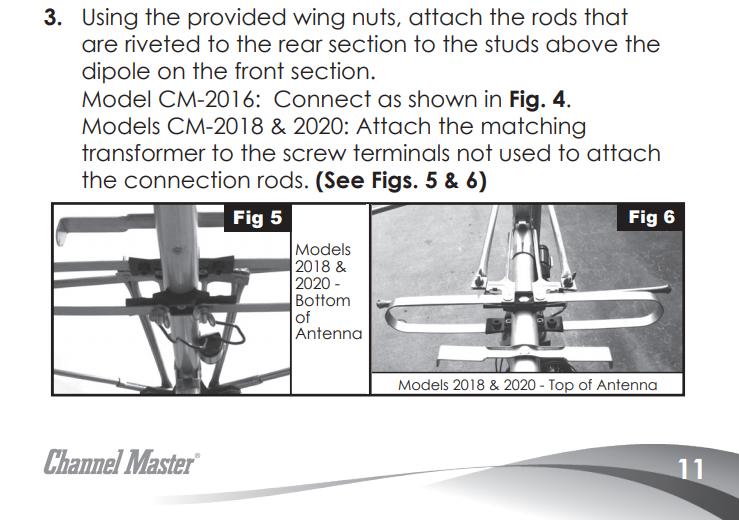
Once past that small hurdle it was time to mount the antenna. I used a fairly standard mounting method that consisted of a three-part RCA mast ($10 each from Walmart) and a stand-alone bare copper #6 ground wire attached directly to my electrical service's grounding rod. This places the antenna about 4 feet above my roof and allows for easy fine-tuning by rotating the mast itself. The CM-2018 comes with mounting hardware that should allow you to mount it to most any pole or mast designed for antenna mounting, including any J-brackets you may already have on your roof or eaves from a satellite TV installation.
The CM-2018's lightweight yet sturdy construction make mounting and fine-tuning a breeze.
I did not install any sort of pre-amplifier. I would suggest using one if the channels you want to pull in are far enough away that you need a large outdoor antenna, but wanted to try things as they came out of the box. Once the antenna was mounted and secured against the high-winds I often see here I attached a pre-built 50-foot coil of GE branded coaxial antenna cable ($18 at Walmart) and ran it directly to my television's antenna input.
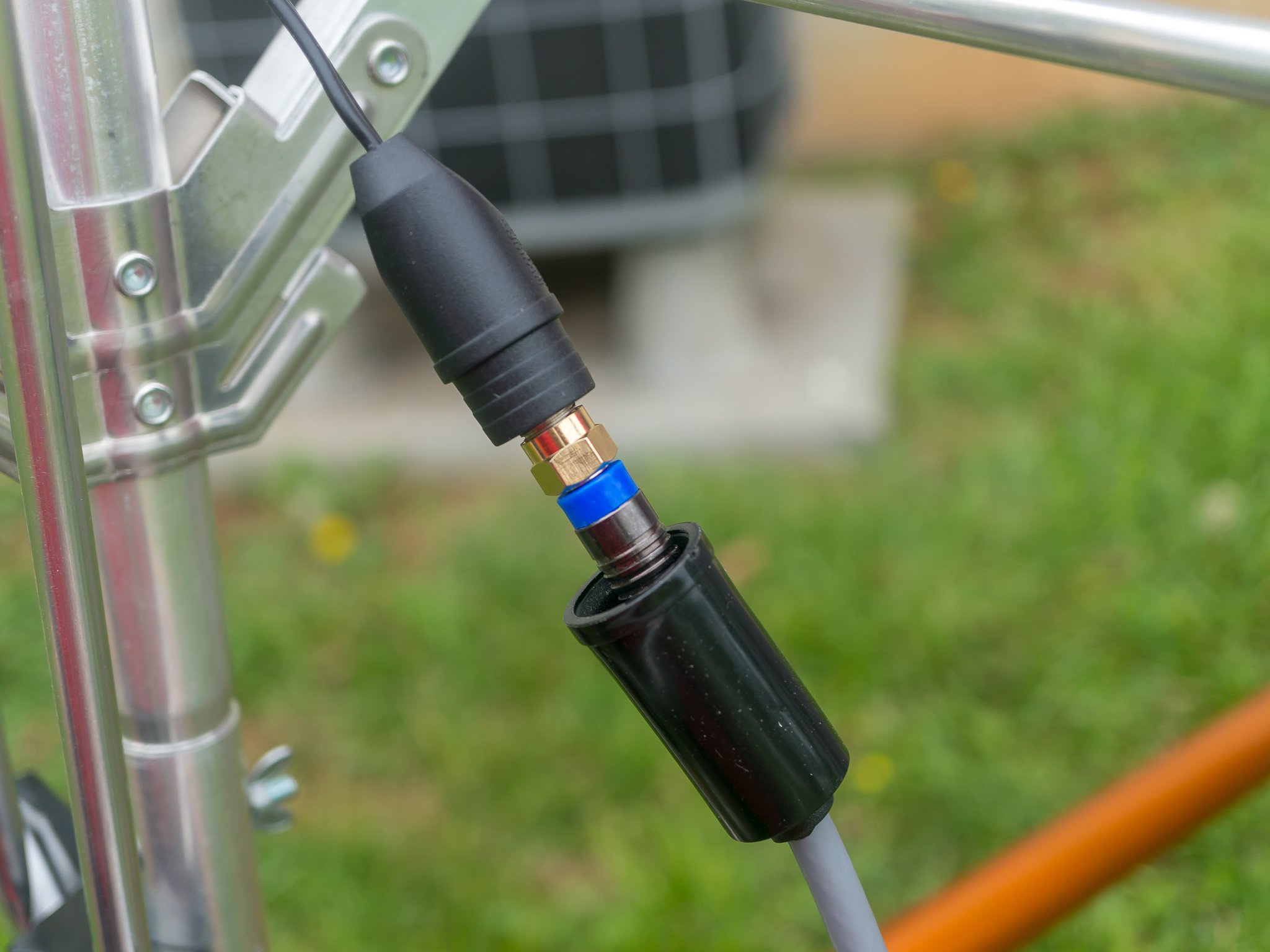
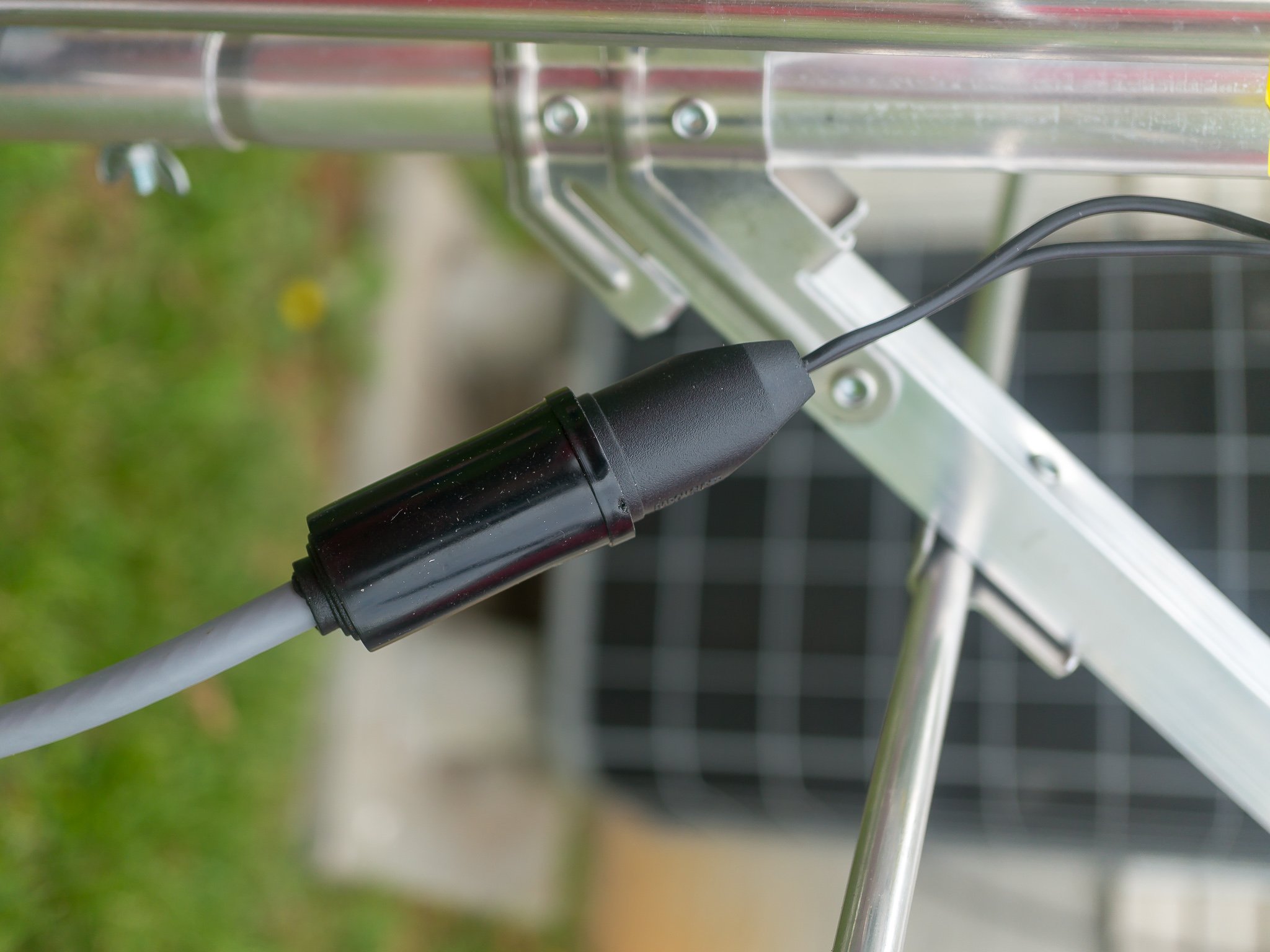
After a quick scan for leftover pieces on the ground and putting a few tools away it was time to head inside for a frosty beverage in front of the television.
Location, location, location
Reception and performance
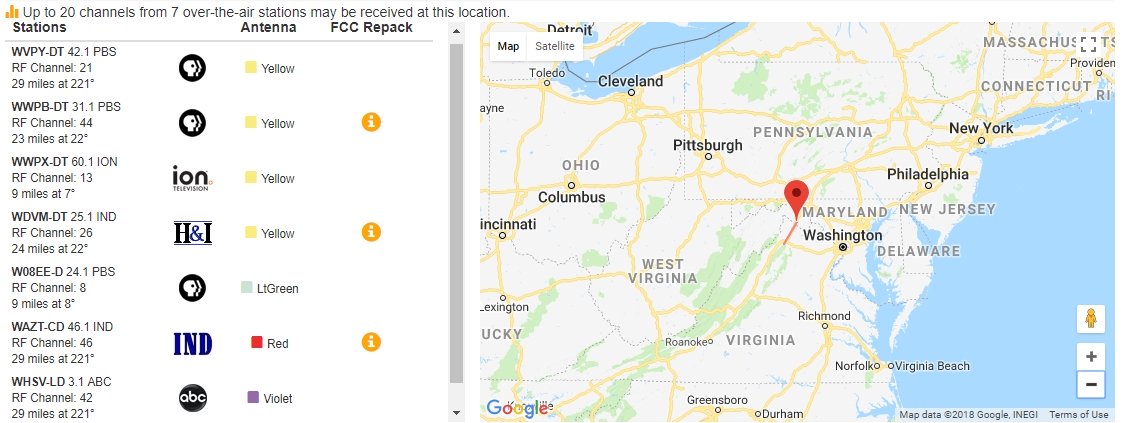
If there ever was a place designed and crafted to be a true test for an OTA HD antenna, it would be my house. I live within range of more than 60 broadcast stations, but the terrain cuts that number down to about 20 realistically possible channels, and about eight channels that are "easy" to pull in. I live in the Blue Ridge Mountains, nestled in the Virginia/Maryland/West Virginia far-west suburbs of Washington, D.C., and my home is backed up against 3,500 feet of solid granite to the west. (Editor's note: We're partying at Jerry's during the Apacolypse.) Signal transmission is something that geniuses are constantly improving, but it still hates mountains and especially hates valleys nestled between them.
My location will quickly weed out antennas that don't perform. The CM-2018 outperformed my expectations.
Sites like TV Fool and AntennaWeb or others that take terrain into account tend to give an accurate prediction in my situation, and probably will in yours, too. But unless you're my neighbor your channel lineup will be very different than mine because location is the single most important thing when it comes to antenna reception. With that said, the CM-2018 outperformed my expectations.
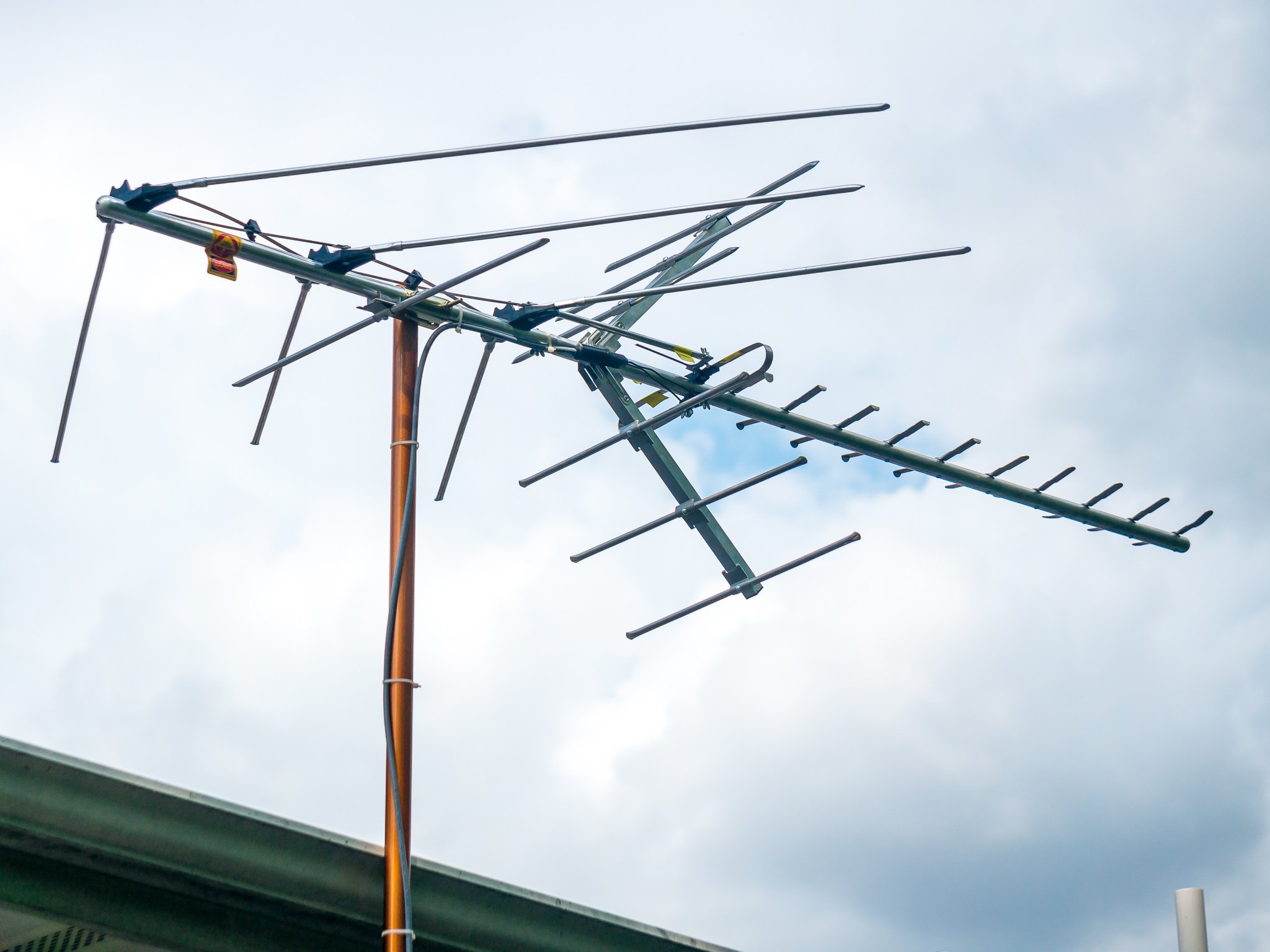
I didn't bother to do anything more than turn my antenna in rough north-south orientation when I mounted it on the mast. I went with the north-south line because of my location relative to the channels I expect to receive using information from the FCC . The channel predictions amassed from various websites say I should pull in seven channels this way, with six of them being excellent without any fine-tuning required. This is exactly what I saw, and even the seventh channel in the list — ABC affiliate WHSV — was clear enough to watch.
The CM-2018 pulls in every channel that online tools say it should and they look great.
After a slight adjustment — I watched the television while someone rotated the antenna mast — I was able to reverse the situation and watch WHSV in crystal clear uncompressed HD quality while the other six channels were just "good enough." I focused on this particular channel because it is the most difficult channel to receive without a pre-amp according to every online channel reception resource. I'm glad it turned out this way, too. I'm not a big golf fan, but I was able to instantly see one of OTA HD's benefits compared to cable as I watched the camera try to track a golf ball through the sky at Charlotte. Uncompressed signals look beautiful when a camera is fast panning against a partly cloudy sky.
I'm impressed with this antenna enough to consider investing in a taller mast with guy wires and a rotor to expand my channel list.
We were smart enough to mark the mast so it can be turned to tune in my particular lineup, and the results are great across every channel I am "supposed" to get. I'm also seeing some other channels that aren't quite in range at my antenna's height without an pre-amp. I'm impressed enough to consider investing in a taller mast with guy wires (mountain winds can hit 70-plus mph regularly here) and a rotor using the CM-2018. One thing I am unable to test is reception in a dense urban environment, but reports from other users across the internet say the CM-2018 performs admirably in this situation, too.
The Good
- Receives UHF, High VHF, FM and HD broadcasts
- 60 Mile VHF range/ 45 Mile UHF range
- Lightweight
- Easy mounting using standard hardware
- Includes everything you need to get started except a mast and wire
The Bad
- A little big for most attics
- Has some sharp edges
- Directions are a bit unclear
- No integrated ground clamp
- Packaging caused several bent elements

The Channel Master CM-2018 is a great antenna for the price. Assembly and installation is simple and straightforward, which is great because the instructions provided cover several different models and can be unclear, especially when it comes to connecting your antenna cable. Once installed the CM-2018 was able to receive the channels websites like TV Fool and AntennaWeb suggested should be available without a pre-amplifier, including my local ABC affiliate that requires a large directional antenna (violet color-coding) due to 30 miles of mountainous terrain.
Because of the size this antenna may not be an option for attic mounting, but despite the few negatives it outperformed expectations in a challenging situation due to location. At it's current suggested retail price ($50 via Amazon) it's a great purchase if you need a sizable outdoor antenna that's easy to mount.









